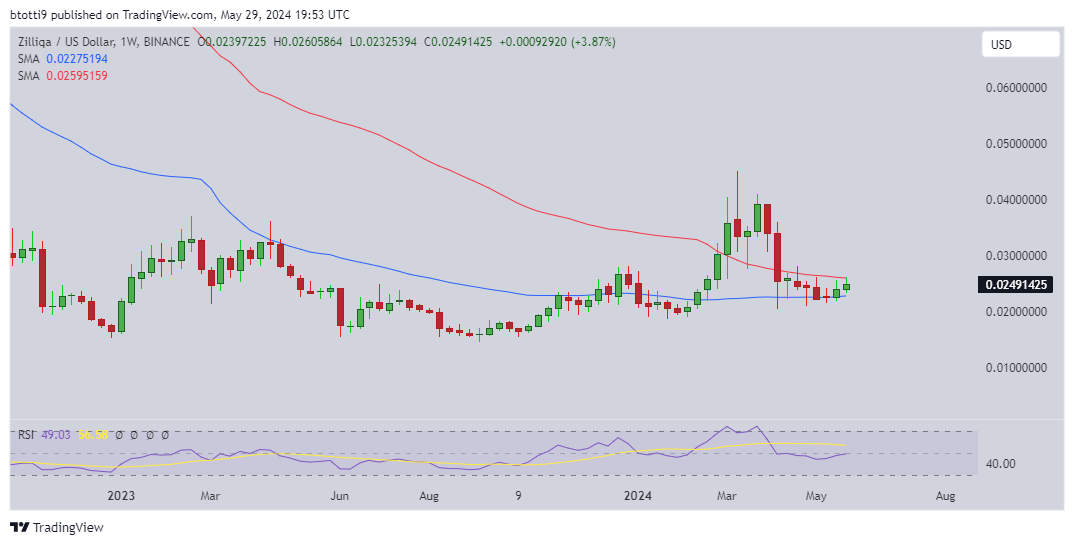- Bank of Israel has launched “Digital Shekel Challenge” to develop CBDC payment solutions.
- Participants of the challenge will access a prototype system to create innovative digital shekel uses.
- Bank of Israel is scheduled to hold a webinar on June 9 for details.
In a significant move towards digital currency adoption, the Bank of Israel (BoI) has announced the launch of the “Digital Shekel Challenge.”
The initiative aims to develop innovative payment solutions using the digital shekel, Israel’s proposed central bank digital currency (CBDC), first reported in 2021.
Inspired by the “Rosalind Project” from the BIS Innovation Center, the challenge marks a major step in the BoI’s action plan for potentially issuing the digital shekel.
What is the Digital Shekel Challenge?
The Digital Shekel Challenge is designed to invite participation from a wide array of entities, including private companies, public institutions, and academic researchers.
Participants will have access to a technological prototype that simulates the core functions of the digital shekel system, complete with an API layer. This environment will allow them to create and test real-time payment applications tailored for public use.
The challenge is structured into three phases. Initially, interested parties must respond to the call for participation by registering through a specified form.
Selected participants will then gain access to the experimental environment where they can begin developing their projects.
The final phase will involve presenting these projects to a panel of experts, who will evaluate them based on originality, innovation, and relevance to the Israeli economy.
Bank of Israel actively exploring a CBDC possibility
The BoI has been exploring the potential of a CBDC since 2017, accelerating its efforts in 2021.
Public consultations conducted by the bank have shown substantial support for the digital currency, though privacy concerns were also noted.
The digital shekel is envisioned to offer privacy protections at least on par with existing digital payment methods, potentially setting higher standards.
Internationally, the BoI has engaged in collaborative projects such as Project Sela with Hong Kong’s central bank and the BIS, successfully testing retail CBDC systems. These efforts aim to balance user accessibility, competition, cybersecurity, and the benefits of traditional cash.
To provide more information and answer queries, the BoI will hold a webinar on June 9, 2024. Participants and interested parties can register for this event to gain further insights into the challenge.
The Digital Shekel Challenge represents a bold move towards modernizing Israel’s payment infrastructure, aiming to harness cutting-edge technology to enhance efficiency and foster innovation in the financial sector.
Andrew Abir, Deputy Governor of the Bank of Israel, emphasized the importance of collaboration in the success of the digital shekel.
Abir stated: “The digital shekel challenge is another step towards the means of payment of the future, aiming to create an innovative and competitive ecosystem.”
The deputy governor highlighted that the Digital Shekel initiative would foster cooperation between the central bank, the financial industry, and other stakeholders, both domestic and international.
The post Bank of Israel launches “Digital Shekel Challenge” to innovate CBDC payment systems appeared first on CoinJournal.

